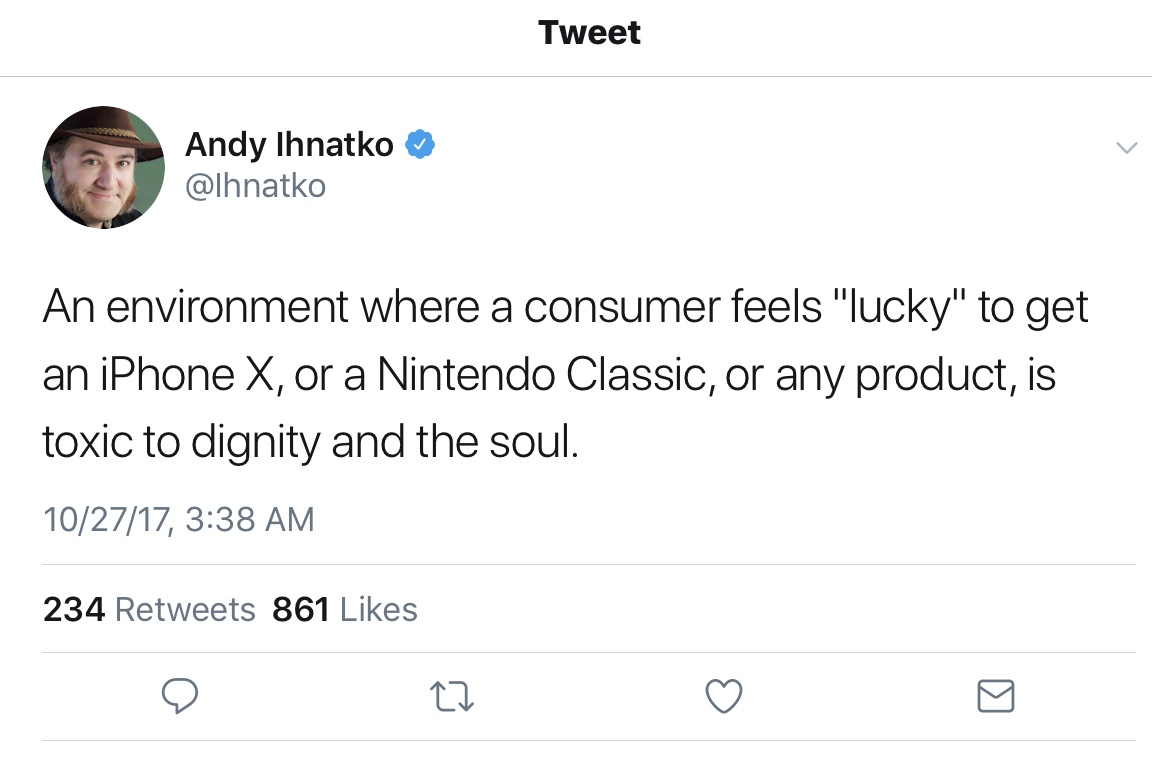In 1958, Stephen Toulmin published The Uses of Argument, which espouses a method of argumentation that is one of the current foundations for teaching rhetoric and composition at many universities. In brief, it is a system for building and refuting arguments that takes into account both the claim, and the evidence required to support it, and the assumptions that claim is based upon. Its versatility and effectiveness make it a natural choice for teaching first year composition students how to make the jump from high school to university-level writing.
As good as this system is, it does not address the largest change in writing in English since 1476 — the year William Caxton introduced England to his printing press and publishing house. Although it is almost impossible for us to conceive in 2017, his editions of Geoffrey Chaucer’s Canterbury Tales and Sir Thomas Mallory’s Le Morte d’Arthur were fast-paced, next generation texts that relied on an advanced and inherently democratizing technology. No more was one limited to the speed of a scribe. Leaves could be printed off in multiple copies rather than laboriously copied by hand.
Over the following five or so centuries, this change in the means of production has had an undeniable impact on the act composition. Dialect[1], punctuation[2], and spelling[3] standardized. Writers began to write for the eye as well as — and then in stead of — the ear as reading moved from a shared experience to a private one.
The world that the printed text created was the world within which Toulmin formulated his method of argumentation. While it used the work of Aristotle and Cicero, it no longer situated itself with an oral and aural world. A world where a reader can stop and reread an argument comes with a different set of requirements than one where an orator must employ repetition to make certain that an audience grasps the point. By way of example, the change in tone associated with Mark Anthony’s pronouncement that “Brutus is an honorable man” is more powerful when heard from the stage (or screen) rather than seen on the page (or screen) of Act 3, Scene Two of Julius Caesar.[4]
There have been several innovations and improvements along the way. But the addition of pictures for readers and typewriters for writers did not inherently change things. Yes, the material produced by a writer would looks like its final form sooner in the process but the process did not change. The limits of experimentation were bound by the limits of the codex[5] format.
With the development of the computer and modern word-processing, however, we are experiencing a change every bit as significant as the one wrought by Caxton — one that will once more change the way we compose. Indeed, it already has changed the way we compose even though we do not all recognize it. What is currently lagging is a new methodology for composition.
Before I tell you what to expect in the next post, let me tell you what not to expect. I will not be discussing the shortening of attention spans or the evils that screen time has wrought upon our eyes and minds. In truth, many of those arguments have been made before. Novels, in particular, were seen as social ills that harbored potential for weakening understanding. In fact, the tradition of railing against new methods dates back to the invention of writing. When Thoth came to the Egyptian gods to tell them of his revolutionary idea — an idea that would free humans to transmit their thoughts from one to another in space and in time, the other gods objected, noting that writing would come to destroy human memory — much in the way people now mourn their inability to remember phone numbers now that our smart phones remember them for us.
What I will be positing is a materialist argument: That writing on a computer/mobile device screen has significantly changed the model that we use for creating arguments and composing the form they take because writers have moved from an architectural model of production to an agricultural form of production.
For those non-English majors reading, the Middle English spoken by Chaucer, a Londoner, was noticeably different from the Middle English of the English Midlands spoken by the Pearl Poet, the unnamed author of Pearl and Gawain and the Green Knight.
- The manuscript of Beowulf, for example, is one long string of unpunctuated text. It was assumed a highly educated reader would know where one word ended and the next began.
- William Shakespeare, famously, signed his name with different spellings at different times. This was not a sign of a poor education. It is a sign of a period before any dictionary recorded standard English spelling.
- It is worth noting that this example carries within it another example of the change being discussed. William Shakespeare did not write for a reading audience. He wrote to be heard and changes in pronunciation have obscured jokes and doubled meanings.
- Given what will come later, it is worth beginning to use the technical term for the physical form that books take — leaves of paper within two protective covers.
Dr. Matthew M. DeForrest is a Professor of English and the Mott University Professor at Johnson C. Smith University. The observations and opinions he expresses here are his own. You are very welcome to follow him on Twitter and can find his academic profile at Academia.edu.



